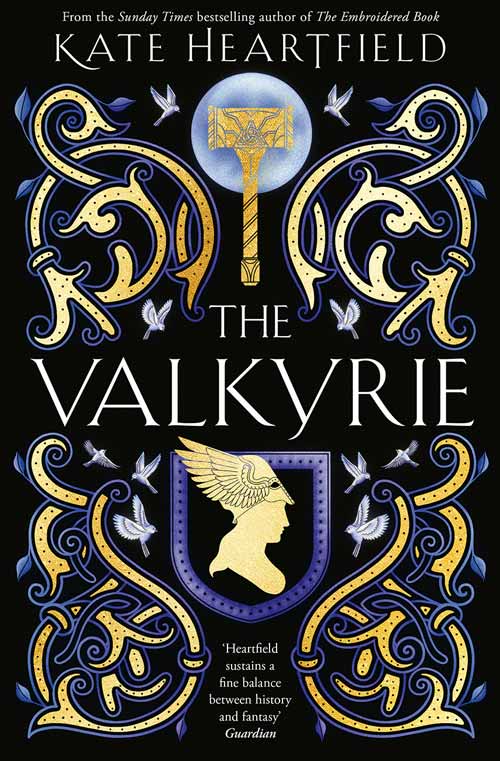Diary of a Body
After a traumatic experience as a Boy Scout while camping in 1936 in which he felt that his body seriously let him down, the 12-year-old unnamed narrator living in southern France decides to keep a record, a diary of his own body and how he and it react to the various circumstances and challenges he faces – the weakness, strength and adaptability of his own body. The book is this diary, starting in 1936, which the narrator has annotated and contextualised for the benefit of his daughter Lison, who receives the diary after her father’s death. The narrator’s own father dies, from injuries sustained in The Great War, some years before the start of the journal, and the young boy misses his companionship and support, which he does not receive from his seemingly abrupt and unsympathetic mother. Many of his behavioural quirks (such as a fear of mirrors) can be explained by this sustained grief.
Like much good historical fiction, our narrator lives through momentous events such as the German occupation of France in the Second World War without constantly referring to or seemingly influenced by the conflict around him. He only starts working for the Resistance by accident towards the end of the conflict. In their candid nature, the diaries are rather like Rousseau’s Confessions. But as they are essentially a record of the narrator’s body – its defects, abilities and all the things that happen to it, the focus of the story is necessarily narrow and at times appears to be just a record of events and feelings rather than a joined-up and engaging tale. As the narrator ages, things start to go wrong with his body, and the challenges of his mortality face him, and it was only in the last third of the book did I begin to fully engage with the narrator and his circumstances.










